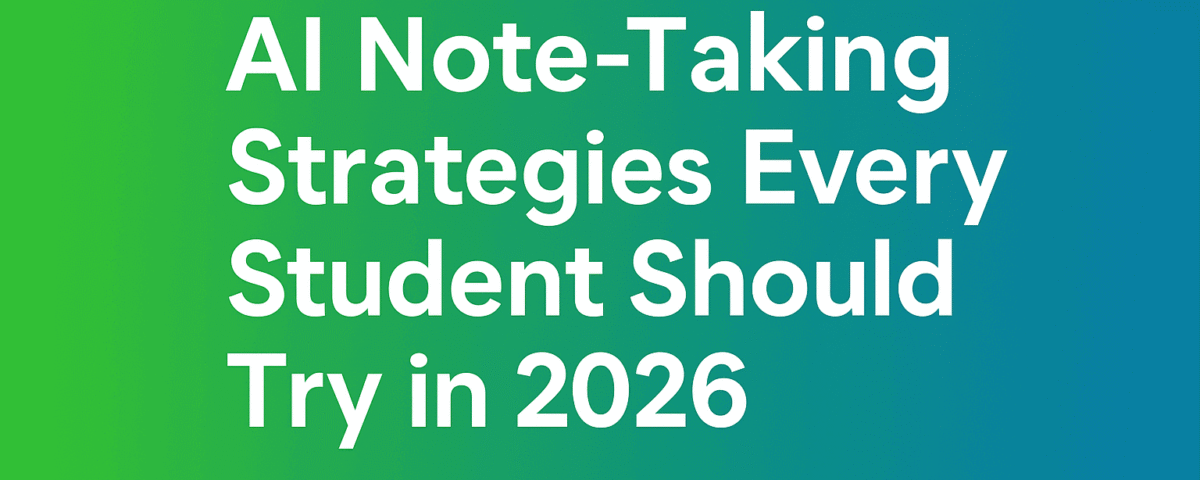Have you ever wondered how apps like Google Maps predict traffic, or how Netflix seems to know exactly what movie you want to watch next? That’s Artificial Intelligence, or AI, at work.
At Learnaimind, we believe AI shouldn’t be intimidating. Whether you’re a student, professional, or just curious, this guide will help you understand AI basics and how it works in a practical way — no tech jargon required.
1. What is AI?
In simple terms:
Artificial Intelligence is the ability of machines to perform tasks that normally require human intelligence.
This includes things like:
- Recognizing images or voices
- Understanding language
- Making decisions based on data
- Learning from experience
Think of AI as a smart assistant — it can learn, adapt, and help you solve problems, but it needs data and instructions to do it.
Example in everyday life:
- Voice assistants like Siri or Alexa understand your commands.
- Email filters automatically sort spam from important messages.
- Recommendation systems on YouTube or Spotify suggest videos and music you’ll probably like.
2. Types of AI in Simple Words
AI isn’t just one thing — it comes in different types:
1. Narrow AI
- Also called Weak AI.
- Designed for specific tasks, like playing chess or recommending movies.
- Example: Netflix recommendation engine.
2. General AI
- Also called Strong AI.
- Can perform any intellectual task a human can do.
- Example: Still theoretical — we don’t have true general AI yet.
3. Superintelligent AI
- A futuristic AI that is smarter than humans in every task.
- Mostly seen in science fiction for now.
For beginners, most AI you’ll interact with today is Narrow AI — which is already amazing!
3. How Does AI Work? (Practical Basics)
AI works by learning from data and making predictions or decisions. Here’s a simple breakdown:
Step 1: Collect Data
AI needs examples to learn.
- Example: To recognize cats, AI needs thousands of cat images.
Step 2: Train the Model
The AI uses these examples to identify patterns.
- It “learns” the difference between cats and dogs.
Step 3: Make Predictions
Once trained, AI can predict or classify new data.
- Show it a new picture, and it can say: “This is a cat!”
Step 4: Improve Over Time
AI gets better with more data and feedback.
- The more cat photos it sees, the fewer mistakes it makes.
Practical tip for beginners:
You can try AI yourself using free tools like Teachable Machine by Google to train models without coding!
4. AI in Everyday Life
AI isn’t just for tech companies — it’s everywhere:
- Healthcare: AI helps doctors diagnose diseases faster.
- Finance: AI detects fraud and manages investments.
- Shopping: Online stores recommend products you might like.
- Transportation: Self-driving cars use AI to navigate safely.
At Learnaimind, we show beginners practical ways to explore these AI applications with simple mini projects and exercises.
5. Why Learn AI as a Beginner?
AI is changing the world, and understanding the basics can benefit anyone:
- Boost your career: Employers value AI literacy.
- Make smarter decisions: Understand how tools work and make better choices.
- Solve problems creatively: Use AI to automate tasks or analyze data.
- Stay future-ready: AI skills will be increasingly important in all fields.
6. Getting Started with AI
Here’s a simple 3-step path for beginners:
- Learn the Basics: Start with free beginner-friendly courses.
- Practice with Mini Projects: Build simple AI projects like chatbots or image classifiers.
- Stay Updated: Read blogs, join communities, and try new AI tools.
At Learnaimind, we provide all these resources for beginners — from AI basics courses, a glossary of terms, hands-on mini projects, to a friendly blog that keeps you updated.
Conclusion
Artificial Intelligence doesn’t have to be scary or complicated. By understanding AI basics, you can start applying AI in your daily life, explore exciting projects, and prepare for a future where AI is everywhere.







[…] LearnaimindAI now handles busywork in minutes, drafts emails on cue, and spins up images or videos in seconds. […]
thanks for comment
[…] AI basics and core ideas explained in plain language. […]